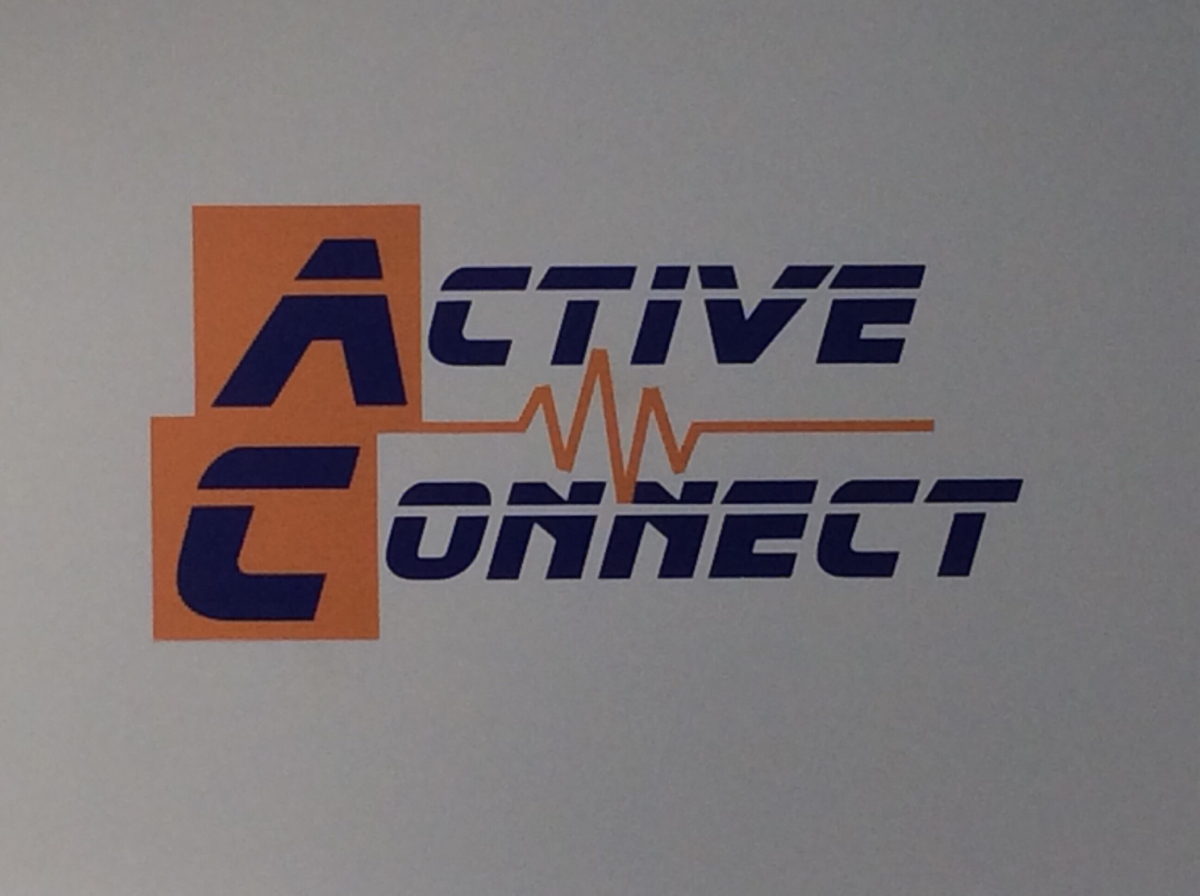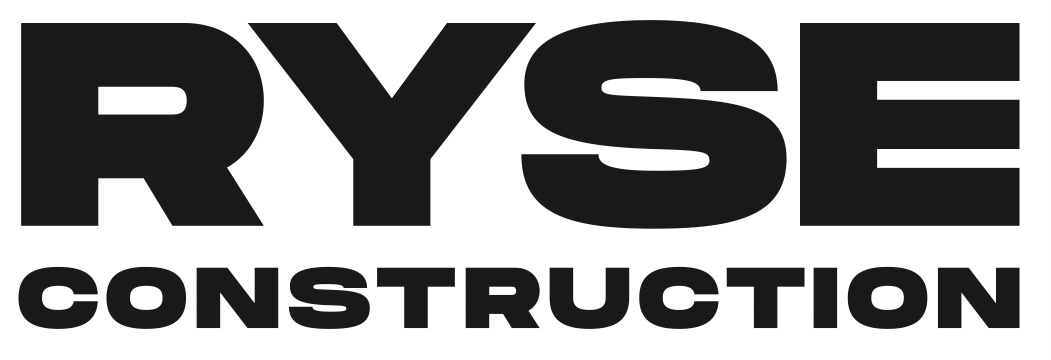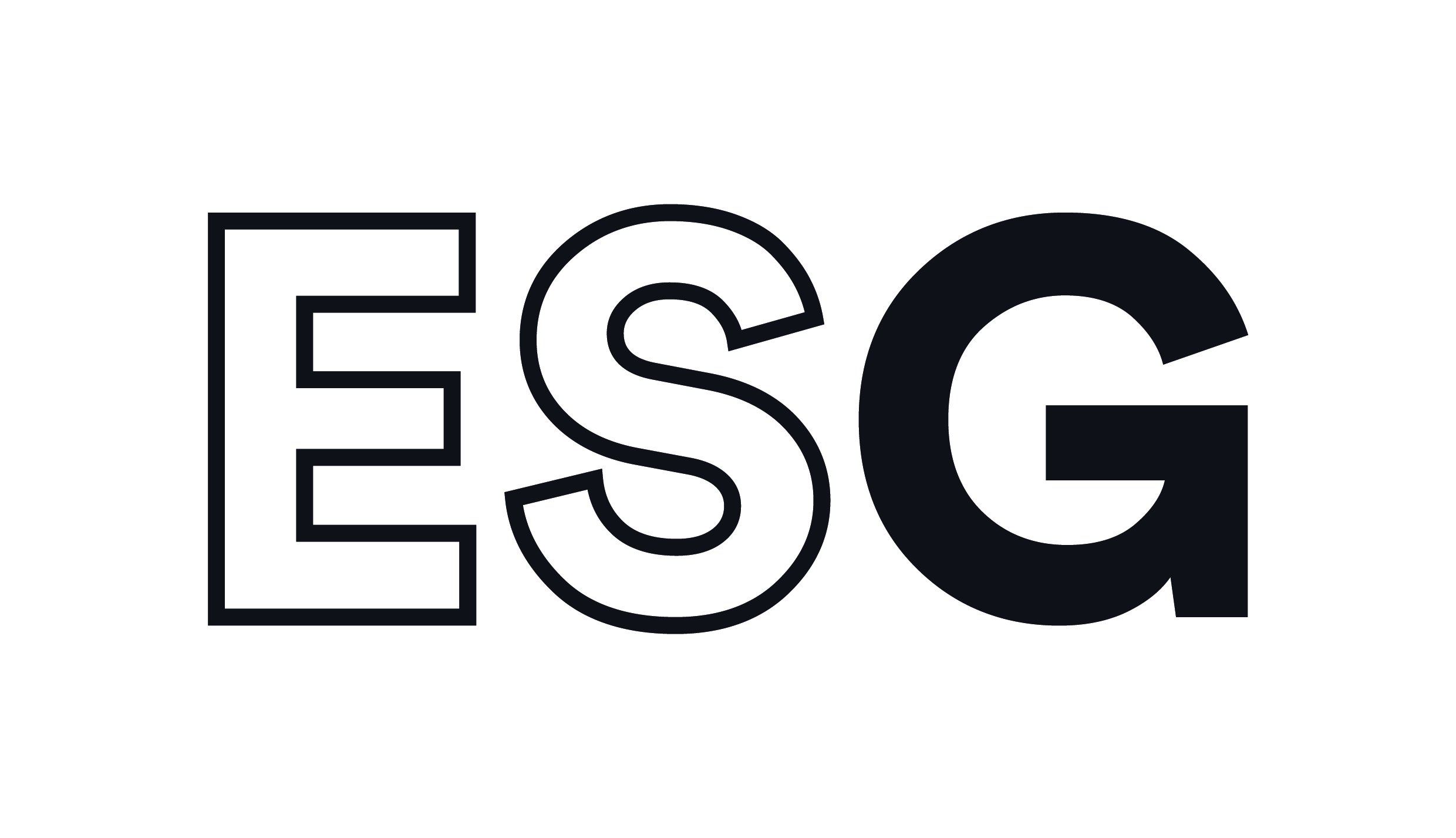Information
-
Audit Title
-
PROJECT ID#
-
Client
-
Conducted on
-
Prepared by
-
Location
-
SUPERINTENDENT
PROJECT WEATHER CONDITIONS
-
CURRENT WEATHER CONDITION
-
SUNNY
-
RAIN
-
SNOW / ICE
-
TEMP ABOVE 70 DEGREES
-
TEMP BELOW 70 DEGREES
CONSTRUCTION / OSHA STANDARDS (29 CFR PART 1926)
Daily Safety Huddle
-
Is the Safety Huddle being conducted each morning?
PROJECT DOCUMENTATION
-
Employers are required to display and keep displayed, a poster prepared by the Department of Labor - informing employees of the protections of the Occupational Safety and Health Act P.L. 91-596, December 29, 1970 and its amendments.
All posters must be displayed in a conspicuous place where employees can view. -
OSHA POSTINGS
-
Emergency numbers / contacts posted
-
Weekly safety meetings/toolbox talks
-
Emergency action plan posted / up to date
-
SDS
-
SIGN-IN SHEETS / CURRENT
Daily Forms
-
EQUIPMENT INSPECTIONS
-
Crane Inspection
-
JHA's
-
A JOB HAZARD ANALYSIS (JHA) is a technique that focuses on job tasks as a way to identify hazards before they occur. It focuses on the relationship between the worker, the task, the tools, and the work environment. After uncontrolled hazards are identified, steps will be taken to eliminate or reduce them to an acceptable Rick level.
-
Ironworkers / Steel
-
Laborers
-
Mechanical
-
Concrete / Masonry
-
Crane Work
-
Demolition
-
Painters
-
Carpentry / Formwork
-
Excavation
-
Electrical
-
Communications
-
Abatement
-
Roofers
GENERAL SAFETY & HEALTH / SUBPART C, 1926.20
-
FIRST-AID / 1926.23
-
HOUSEKEEPING / 1926.25
-
ILLUMINATION / 1926.26
-
Job site free of slips, trips and fall hazards
-
Stairways / walkways clear
-
Break areas orderly
OCCUPATIONAL & ENVIRONMENTAL / SUBPART D, 1926.50
-
FIRST-AID KITS / 1926.50
-
SANITATION / 1926.51
-
VENTILATION / 1926.57
PERSONAL PROTECTIVE EQUIPMENT / SUBPART E, 1926.95
-
Personal Protective Equipment (PPE), is equipment worn to minimize exposure to serious workplace injuries and illnesses. These injuries and illnesses may result from contact with chemical, radiological, physical, electrical, mechanical, or other workplace hazards. Personal protective equipment may include items such as gloves, safety glasses, and shoes, earplugs or muffs, hard hats, respirators, or coveralls, vest and full body suits.
-
FOOT PROTECTION / 1926.96
-
HEAD PROTECTION / 1926.100
-
HEARING PROTECTION / 1926.101
-
EYE & FACE PROTECTION / 1926.102
-
RESPIRATORY PROTECTION / 1926.103
-
Other?
FIRE PROTECTION & PREVENTION / SUBPART F, 1926.150
-
NFPA requires portable fire extinguishers to be mounted with their top no more than 5 feet from the floor, if under 40 pounds, no more than 3 1/2 feet (42 inches) if they are over 40 pounds. In both cases, the bottom of the fire extinguisher must be at least 4 inches from the floor, except for larger extinguishers mounted on wheels. NFPA 1: 13.6.8.1.3.8 (2009), with reference to NFPA 10:6.1.3.8.
-
A safety can is (29 CFR 1926.155(1) an approved, closed container, of not more than 5 gallons capacity, having a flash arresting screen, spring closing lid and spout cover and so designed that it will safely relieve internal pressure when subjected to fire exposure.
-
FIRE PROTECTION - FIRE EXTINGUISHER / 1926.150
-
FIRE PREVENTION / 1926.151
-
FLAMMABLE AND COMBUSTIBLE LIQUIDS / 1926.152
-
TEMPORARY HEATING DEVICES / 1926.154
SIGNS & BARRICADES / SUBPART G, 1926.200
-
ACCIDENT PREVENTION SIGNS & TAGS / 1926.200
-
SIGNALING / 1926.201
-
BARRICADES / 1926.202
MATERIAL HANDLING & STORAGE / SUBPART H, 1926.250
-
STORAGE / 1926.250
-
RIGGING / 1926.251
-
DISPOSAL OF WASTE MATERIALS / 1926.252
TOOLS HAND & POWER / SUBPART I, 1926.300
-
HAND-TOOLS / 1926.301
-
POWERED OPERATED HAND TOOLS / 1926.302
-
ABRASIVE WHEELS & TOOLS / 1926.303
WELDING & CUTTING / SUBPART J, 1926.350
-
GAS WELDING / 1926.350
-
ARC WELDING / 1926.351
-
FIRE PREVENTION / 1926.352 / Fire watch
-
VENTILATION / 1926.353
ELECTRICAL / UTILITY / Subpart K - 1926.400
-
FLEXIBLE CORDS AND CABLES / 1926.405
-
PROTECTION OF EMPLOYEES / 1926.416
-
LOCKOUT AND TAGGING / 1926.417
-
ELECTRICAL PANELS LABELED AND COVERED
-
GFCI PROTECTED
SCAFFOLDS / SUBPART L, 1926.450
-
GENERAL REQUIREMENTS / 1926.451
-
SHORING SCAFFOLDING
-
SUPPORTED SCAFFOLDING
-
MOBILE SCAFFOLD
-
SUSPENDED SCAFFOLDING
-
STILTS
-
BOATSWAINS CHAIR
-
AERIAL LIFTS / 1926.453
-
SCISSOR LIFT
-
EXTENSIBLE BOOM LIFT
-
ARTICULATING BOOM LIFTS
-
ARE OPERATORS CERTIFIED?
FALL PROTECTION / Subpart M, 1926.500
-
FALL PROTECTION SYSTEMS / 1926.502
-
Guardrail System
-
Safety Monitoring System
-
Personal Fall Arrest System
-
Controlled Access Zone
-
Safety Net System
-
WARNING LINE SYSTEMS / 1926.502(f)
-
FALL PROTECTION PLAN / 1926.502(k)
CRANES & HOIST / SUBPART N, 1926.1400 / 1926.550
-
ASSEMBLY AND DISASSEMBLY / 1926.1402
-
POWER - LINE SAFETY / 1926.1407
-
INSPECTIONS / 1926.1412
EQUIPMENT & VEHICLES / SUBPART O, 1926.600
-
MATERIAL HANDLING EQUIPMENT / 1926.602
-
POWERED INDUSTRIAL TRUCKS / 1910.178
-
SITE CLEARING / 1926.604
EXCAVATION / SUBPART P, 1926.650
-
EXCAVATION REQUIREMENTS / 1926.651
-
PROTECTIVE SYSTEMS / 1926.652
-
BENCHING
-
SLOPING
-
SHORING
-
SOIL CLASSIFICATION / 1926.652
-
SOLID ROCK Natural solid mineral that can be excavated with Vertical sides and will remain intact.
-
CLASS "A" SOIL Cohesive soil with a unconfined, compressive strength of 1.5 (tsf) or greater. Examples: Clay, silty clay, sandy clay, clay loam, etc.
-
CLASS "B" SOIL Cohesive soil with an in confined, compressive strength greater than 0.5 (tsf) or greater. Examples: silt loam, angular gravel, sandy loam, etc.
-
CLASS "C" SOIL Cohesive soil with an unconfined, compressive strength of 0.5 (tsf) or less. Examples: gravel, sand, etc.
-
INSPECTIONS
CONCRETE & MASONRY / SUBPART Q, 1926.700
-
GENERAL REQUIREMENTS / 1926.701
-
EQUIPMENT AND TOOLS / 1926.702
-
PLACE AND FINISH / 1926.703
-
LIFT SLAB OPERATIONS / 1926.705<br>
-
Tilt-Up Panels / 1926.704
-
MASONRY CONSTRUCTION / 1926.706
STEEL ERECTION / Subpart R, 1926.750
-
SITE LAYOUT, STAGING / 1926.752
-
SITE STEEL ERECTION PLAN-SEQUENCE / 1926.752
-
HOISTING AND RIGGING / 1926.753
-
STRUCTURAL STEEL ASSEMBLY / 1926.754
-
COLUMNS AND BEAMS / 1926.756
-
FALL PROTECTION / 1926.760
DEMOLITION / SUBPART T, 1926.850
-
CHUTES / 1926.852
-
REMOVAL OF MATERIALS / 1926.853
STAIRWAYS AND LADDERS / SUBPART X, 1926.1050
-
STAIRWAYS / 1926.1052
-
HANDRAILS
-
LADDERS / 1926.1053
-
Extension Ladder
-
Straight Ladder
-
Fixed Ladder
-
Job-Made Ladder
-
Portable Step Ladder
TOXIC AND HAZARDOUS SUBSTANCES / SUBPART Z, 1926.1101
-
ASBESTOS / 1926.1101
-
LEAD / 1926.62
GENERAL INDUSTRY / OSHA STANDARDS (29 CFR 1910)
WALKING WORKING SURFACES / SUBPART D, 1910.21
-
GENERAL REQUIREMENTS / 1910.22
HAZARDOUS MATERIALS / SUBPART H, 1910.101
-
PROCESS SAFETY MANAGEMENT / 1910.119
CONFINED SPACES / Subpart J - 1910.146p
-
A Confined Space is a space that is large enough for a person to enter and perform a specific task. Also a confined space has limited or restricted means of entry and exit and is not designed for continuous occupancy.
~Permit Required Confined Space is a confined space that has one or more of the following characteristics:
Contains or has the potential to contain a hazardous atmosphere.
~Contains material that has the potential to engulf an entrant.
~Has walls that converge inward or floors that slope downward and taper into a smaller area which could trap or asphyxiated an entrant.
~Contains any other recognized safety or health hazard (unguarded machinery, exposed live wires, heat stress) -
GENERAL REQUIREMENTS / 1910.146
GENERAL DUTY CLAUSE
-
OSHA Act of 1970 5(a)(1)
(a) Each employer --
(1) shall furnish to each of his employees employment and a place of employment which are free from recognized hazards that are causing or are likely to cause death or serious physical harm to his employees--
(2) shall comply with occupational safety and health standards promulgated under this Act.
29 USC 654
(b) Each employee shall comply with occupational safety and health standards and all rules, regulations, and orders issued pursuant to this Act which are applicable to his own actions. And conduct.
VIOLATIONS
OTHER SAFETY RELATED INFORMATION
-
Notes













